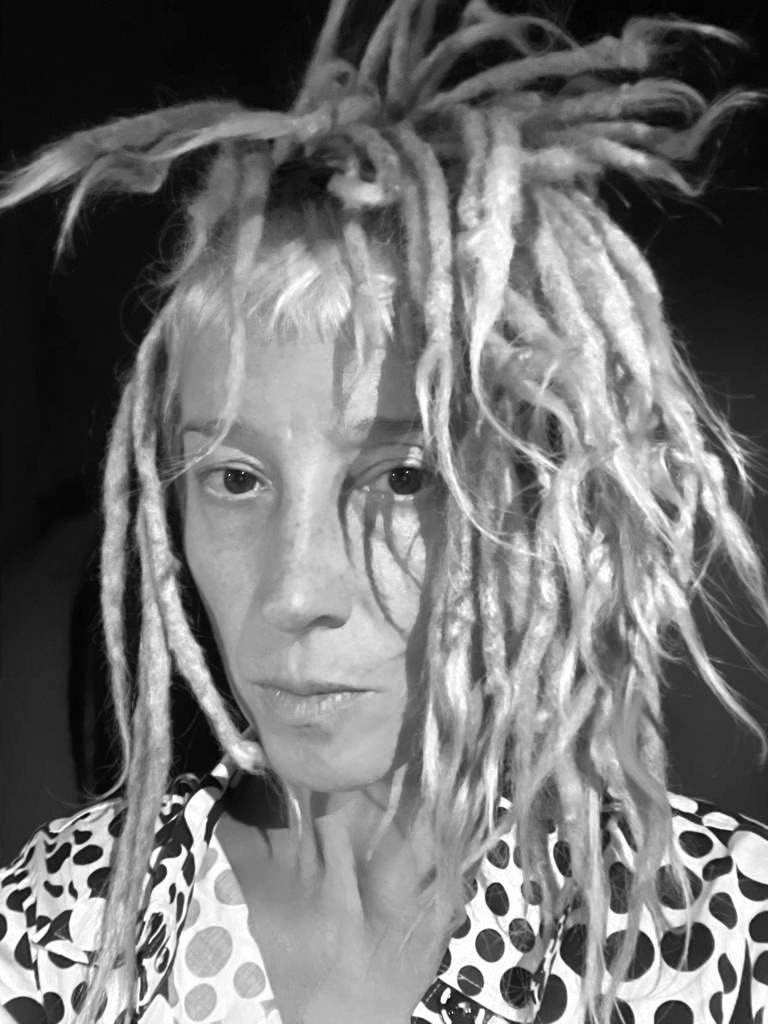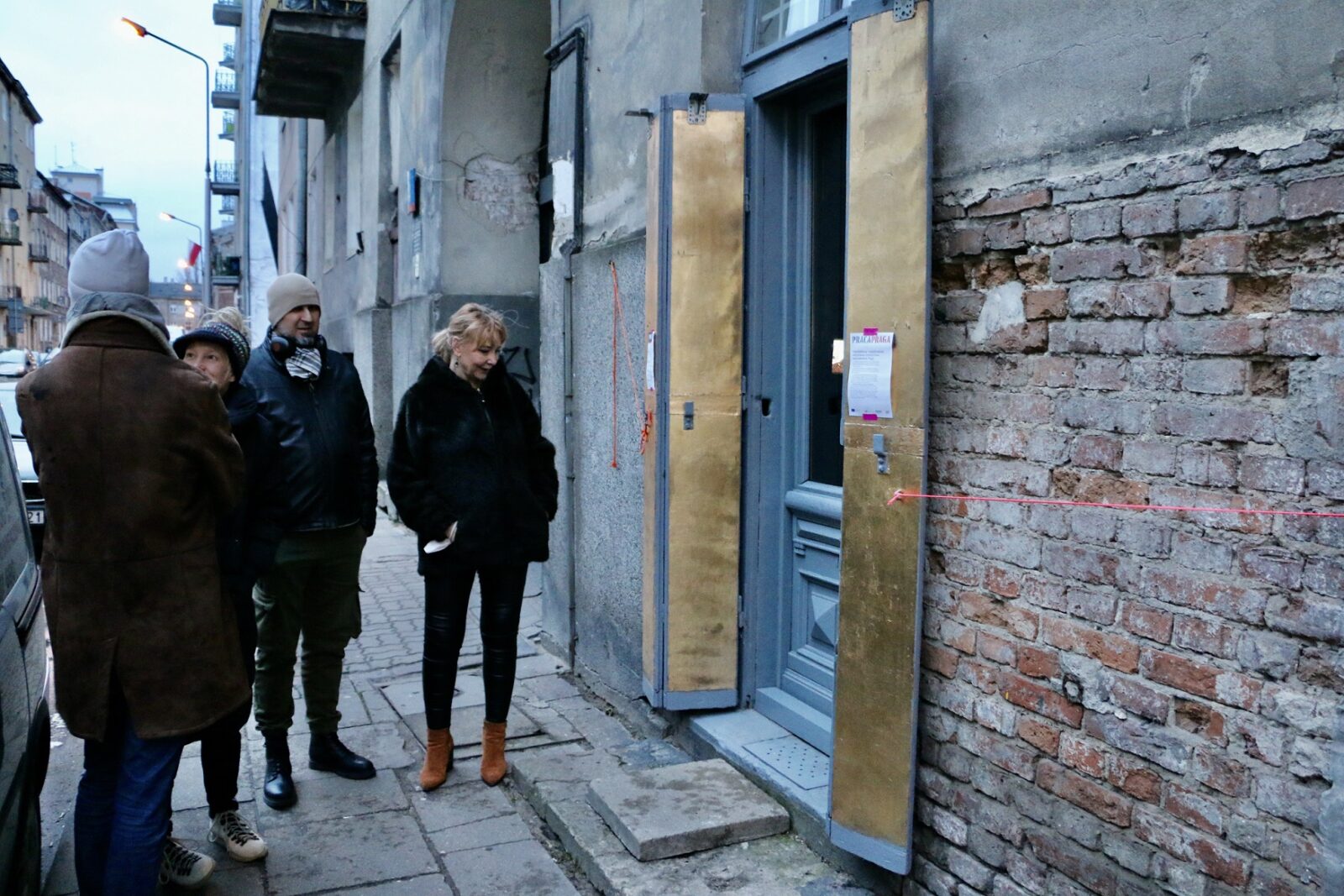Robotnik
Aga Szreder
installation: Aga Szreder / text: Marta Handschke / music: Grzegorz Nawrocki
- where?
Window of Aga Szreder’s artistic studio at ul. Mała 4/47. The installation could be viewed in the studio’s window located in the front. This place has been associated with work from the very beginning – before, during and after the war there was a grocery store owned and maintained by one family. Then there was a sewing room, a hairdresser, and now a studio.
- what could we see?
“Worker” was an installation / sculpture / shadow consisting of an object constructed in such a way that the play of light and shadow emphasized additional aspects of the work, rewriting them anew. An important element of the work was the text and sound that resonated with it, constituting another, non-visual narrative. The form of the sculpture referred to Constructivism – a period that valued both the ethos of physical work and tried to create a modern visual language in terms of composition and form.
The sculpture was made of bricks and tools – a saw and a trowel. Their shadows resembled a tank, scaled up and slightly grotesque – referring to the history of Europe in the 1930s, but not being its simple reconstruction.
Marta Handschke’s text was recorded for the exhibition, telling a story about the life of “Worker” and comparing his body and work to the industrial urban organism of which he was a part. On the screen there was a film recording of Aga Szreder’s work on her next sculptures. The image of the worker’s work was juxtaposed with the image of the artist, both performing a certain work at different moments in history, in different contexts, yet physically engaging and taking place in the same space, in Praga.
- context ?
WORKING CONDITIONS. The project referred to the heritage of Praga – the beginning of the 20th century, the emergence of a number of factories and industrial spaces in this district, some of which have survived to this day. This industrial space generated a precisely defined social fabric – the neighborhood was inhabited primarily by the working class, mixed with factory owners and management staff. There was a reference to Praga’s historical heritage: a moment of rapid urban development of the district, the emergence of a new urban industrial architecture, and finally a moment of unexpected development, stopped by the war. On the one hand, it was a work aimed at honoring an ordinary, “proletarian” inhabitant of Praga. On the other hand, it pointed to a certain – perhaps even permanent – work ethic, which the current revitalization of Praga’s architecture seems to confirm.
Aga Szreder – graduate of the Academy of Fine Arts in Gdańsk. She works with various media: sculpts, draws, photographs, creates installations involving light and shadow, co-creates films with Rafał Żwirek. Likes collective work. She believes in art as a tool to change reality.
The description uses extensive fragments of Aga Szreder’s text.






